Jasper: The Earthy Gemstone of Strength
Jasper, with its diverse range of colors and patterns, is a semiprecious gemstone that has been revered for its unique beauty for ages.

Known for its earthy charm and grounding properties, this gemstone carries a fascinating history and continues to be cherished today. Let us explore the scientific specifications, origins, mining practices, and historical significance of jasper.
Scientific Specifications and Origin
Jasper is an opaque variety of chalcedony, which is a microcrystalline form of quartz. It exhibits a wide spectrum of colors, including red, brown, yellow, green, and even blue. The beautiful patterns and variations in jasper are due to the presence of mineral impurities and other organic substances during its formation.
Jasper forms through various geological processes, including the deposition of sediments in ancient oceans, hot water solutions in cracks and cavities, and volcanic activity. The unique combination of these processes results in the array of colors and patterns that characterize jasper gemstones.
Main Sources and Modern Mining
Jasper is found in numerous regions around the world, with significant sources including India, Russia, Brazil, Madagascar, and the United States (particularly Oregon and Idaho). Different jasper varieties are often named after their sources or distinctive appearances.
Modern mining techniques involve both open-pit and underground mining methods to extract jasper from the earth. Geologists and miners identify potential deposits through geological surveys, and once viable sources are discovered, the gem-bearing rocks are carefully extracted. The extracted material is then processed and cut into various shapes to showcase the natural patterns and colors of jasper.
Historical Significance
Jasper has a long history of cultural significance and spiritual symbolism. Throughout time, jasper has been associated with strength, stability, and protection. Ancient civilizations believed that jasper had healing properties and used it as a talisman to ward off negativity and bring courage and determination.
Many cultures valued jasper for its grounding energy and its connection to the earth. It was often used in amulets and jewelry as a protective stone during journeys and explorations. Jasper has also been a popular gemstone for carved figurines and amulets due to its appealing patterns and earthy colors.
Today, jasper continues to be appreciated for its natural beauty and its association with grounding and strength. It is often used in jewelry designs and decorative objects to bring a sense of balance and stability.
In conclusion, jasper's scientific specifications, origins, mining practices, and historical significance contribute to its allure as a semiprecious gemstone. Its diverse colors and patterns, along with its grounding properties, make jasper a beloved gemstone that continues to captivate and inspire people around the world.
More about gemstones
Newest Shenanigans
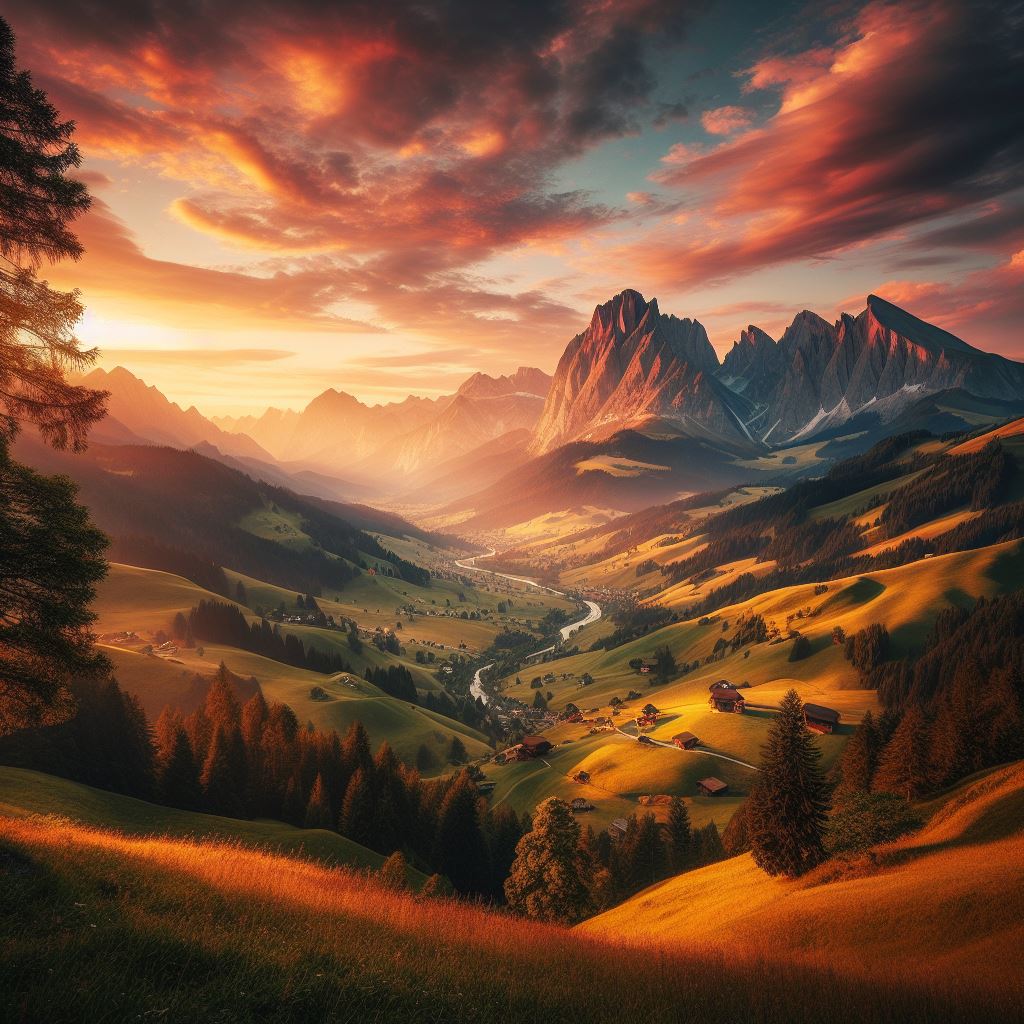 | The Enchanting Ways of Austria Austria boasts a breathtaking tapestry of landscapes, from the soaring peaks of the Alps to the rolling hills of the wine regions. |
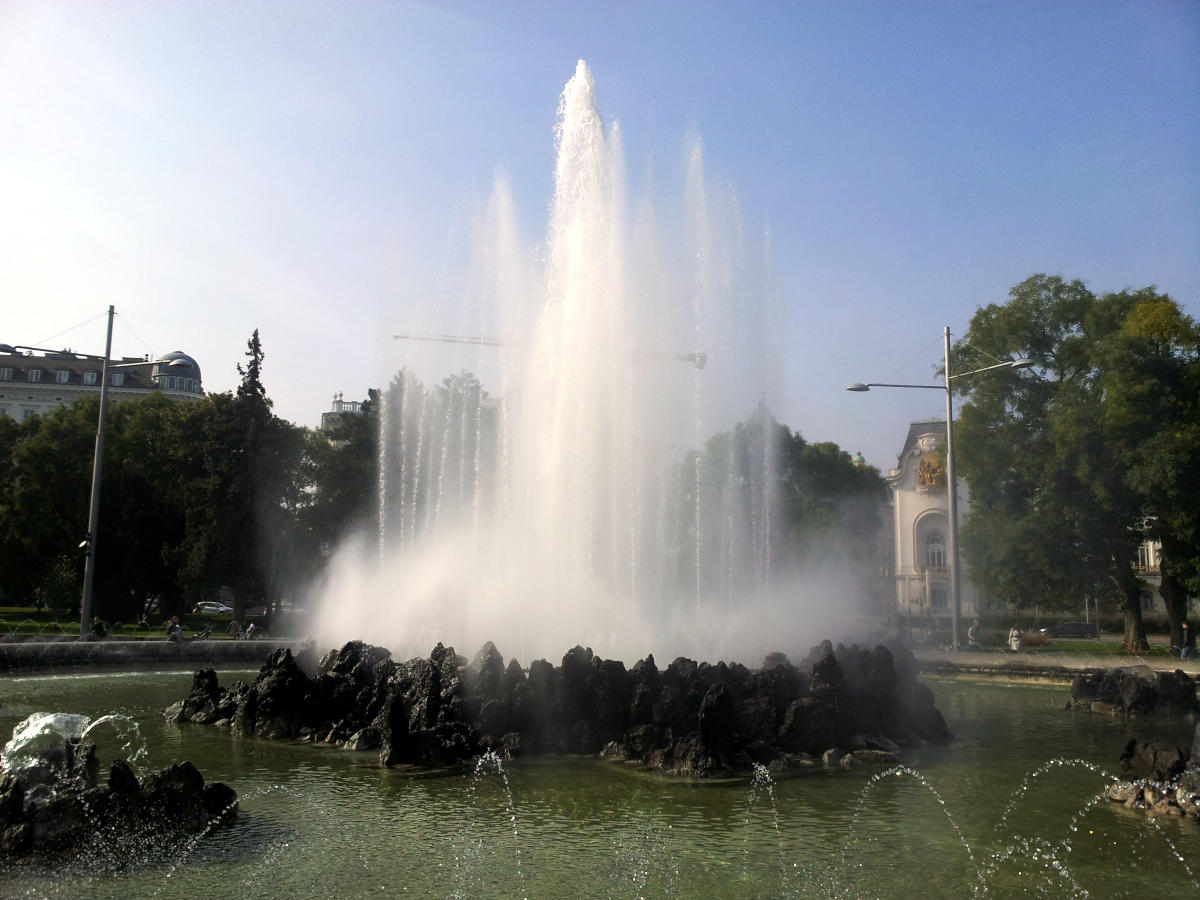 | 12 must-see attractions in Vienna, Austria There is never enough time to fully discover and appreciate a historic capital like Vienna, but we can try. So here is a list of 12 must-see attractions in Vienna. |
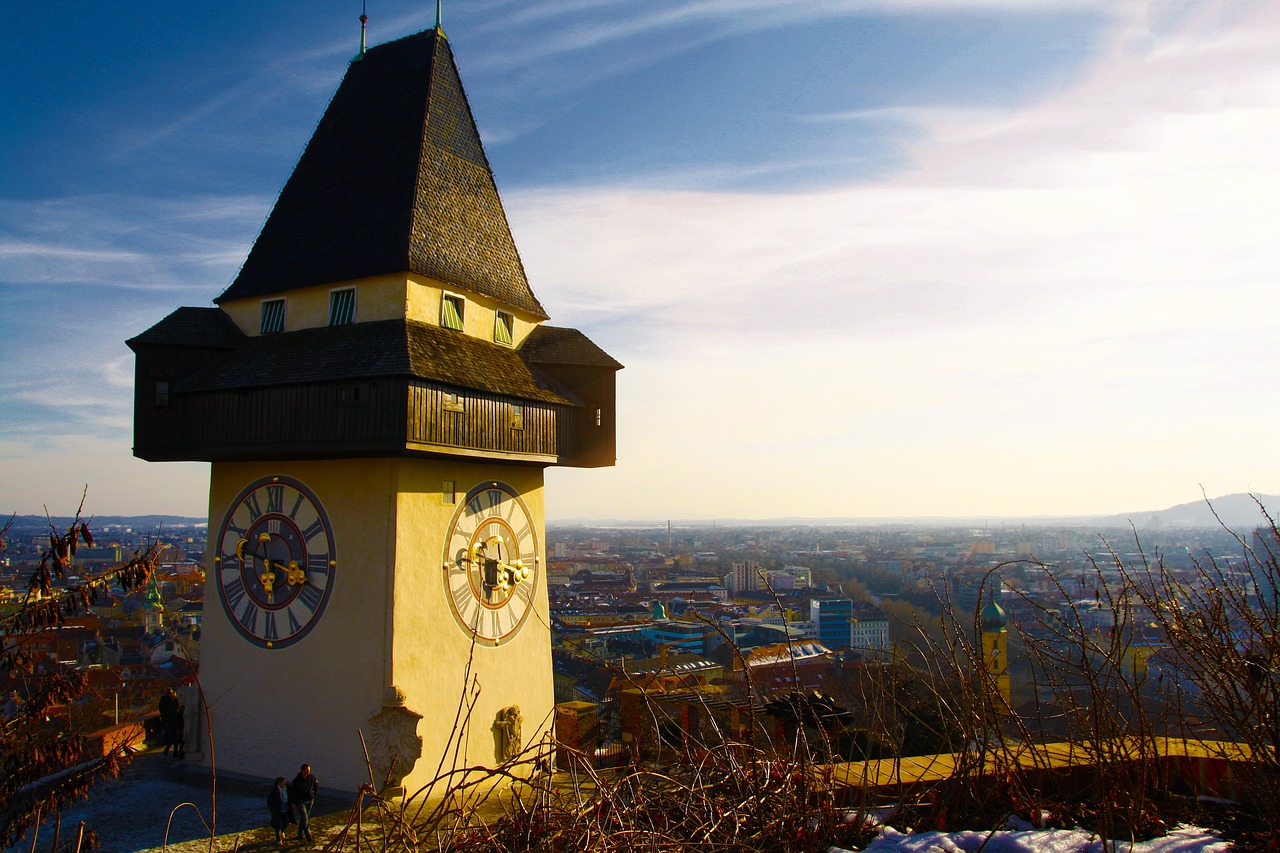 | 12 must-see attractions in Graz, Austria If you have time on your hand, I recommend to discover Graz by yourself. But time is tricky to come by these days, so here is a list of 12 must-see attractions in Graz, Austria. |
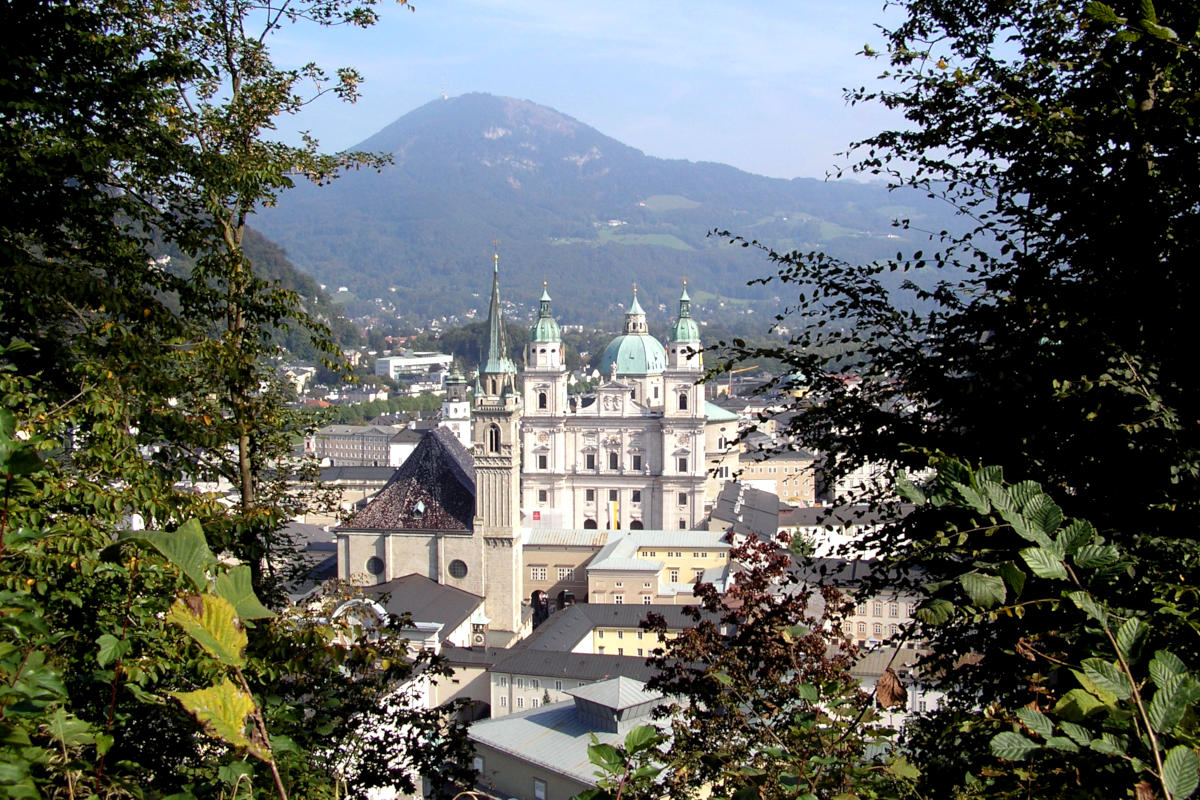 | 12 must-see attractions in Salzburg, Austria Like most places on our planet, Salzburg is a city you need time to fully discover and appreciate. However, time is always hard to come by these days. So here is a list of 12 must-see attractions in Salzburg. |
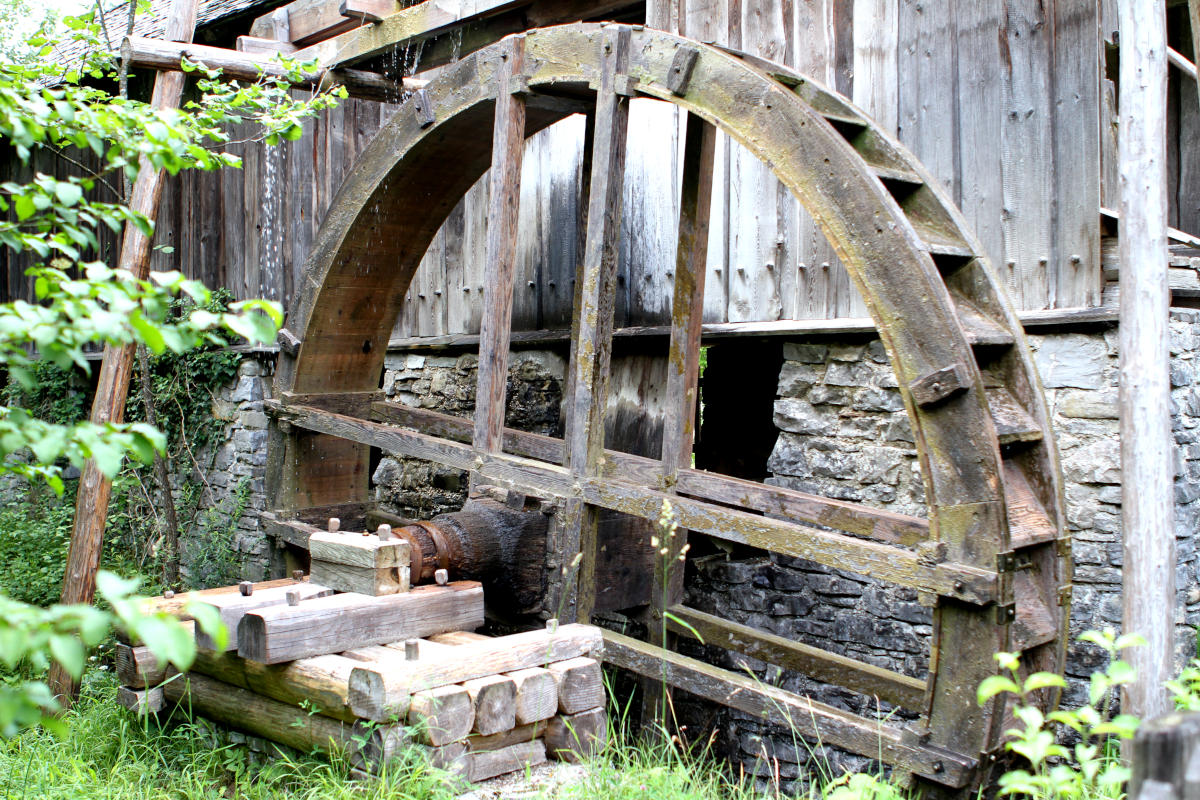 | Some museums to visit in Salzburg Salzburg is a city rich in culture and history, so naturally it features many interesting museums. By all means, the list is not complete, but I try to add the small museums too. |
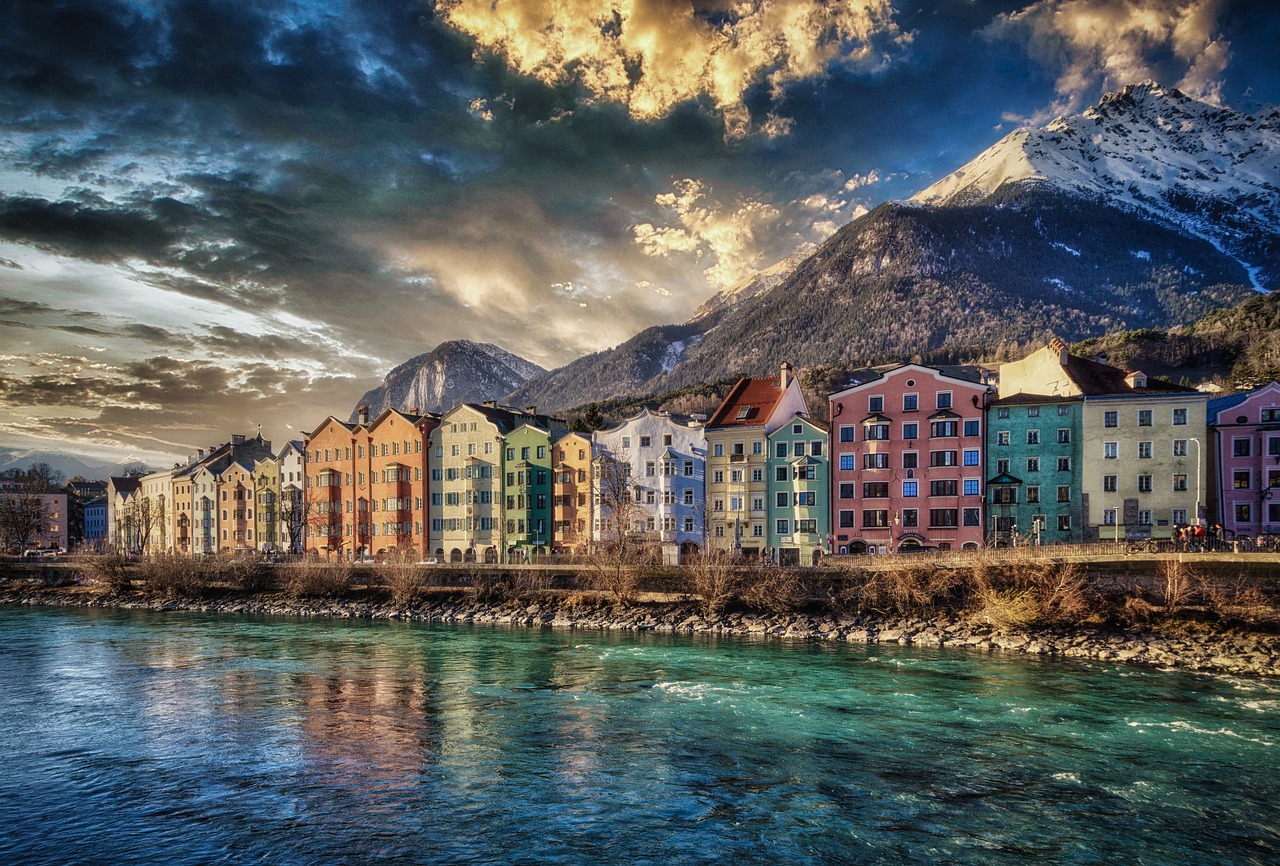 | 12 must-see attractions in Innsbruck, Austria Of course the best way to discover a city rich in culture and history like Innsbruck would be to spend a lot of time there. But since time is often an issue, here are 12 must-see attractions in Innsbruck, Austria. |
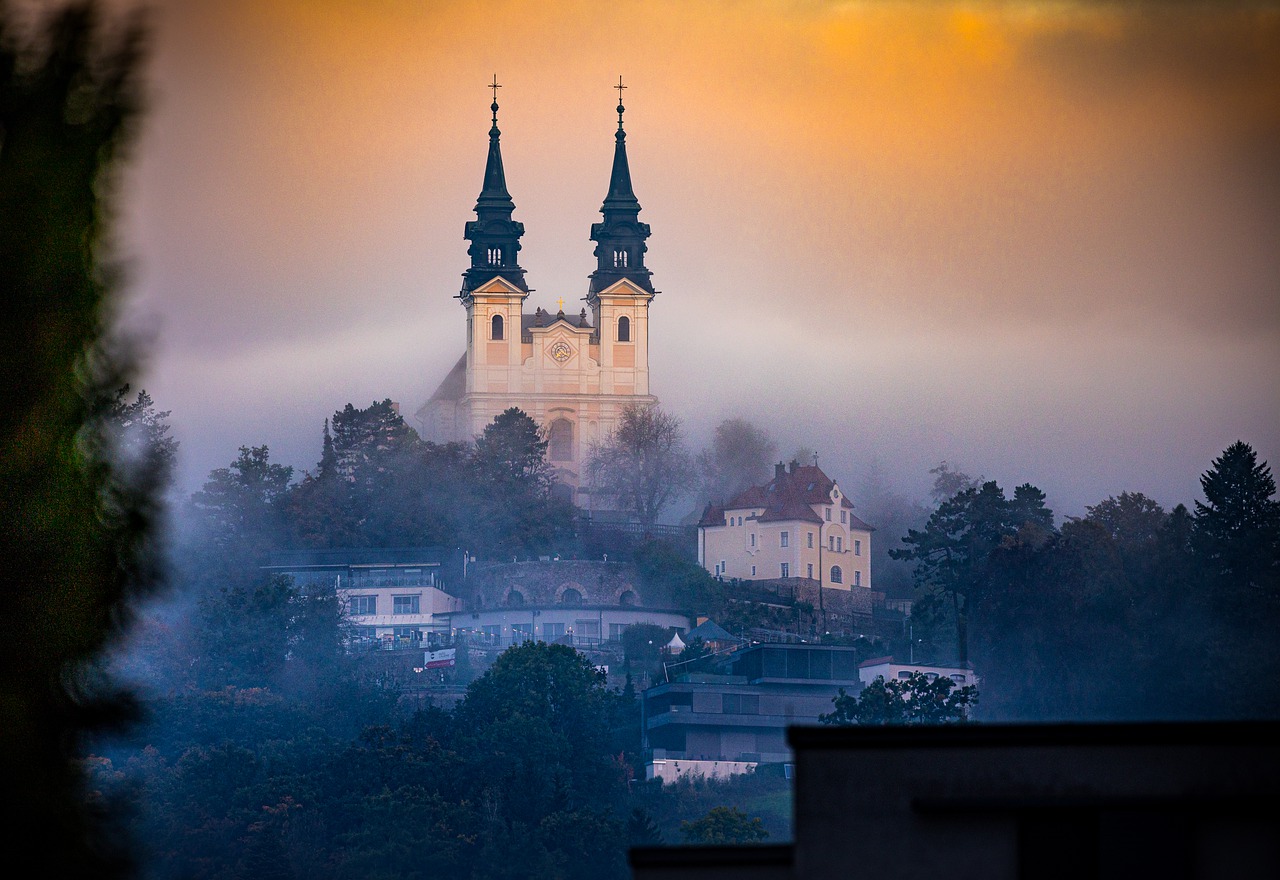 | 12 must-see attractions in Linz, Austria For us people of Salzburg, Linz is just a short hop away by train - so we can visit often. If you are short on time however, here are 12 must-see attractions in Linz, Austria. |
